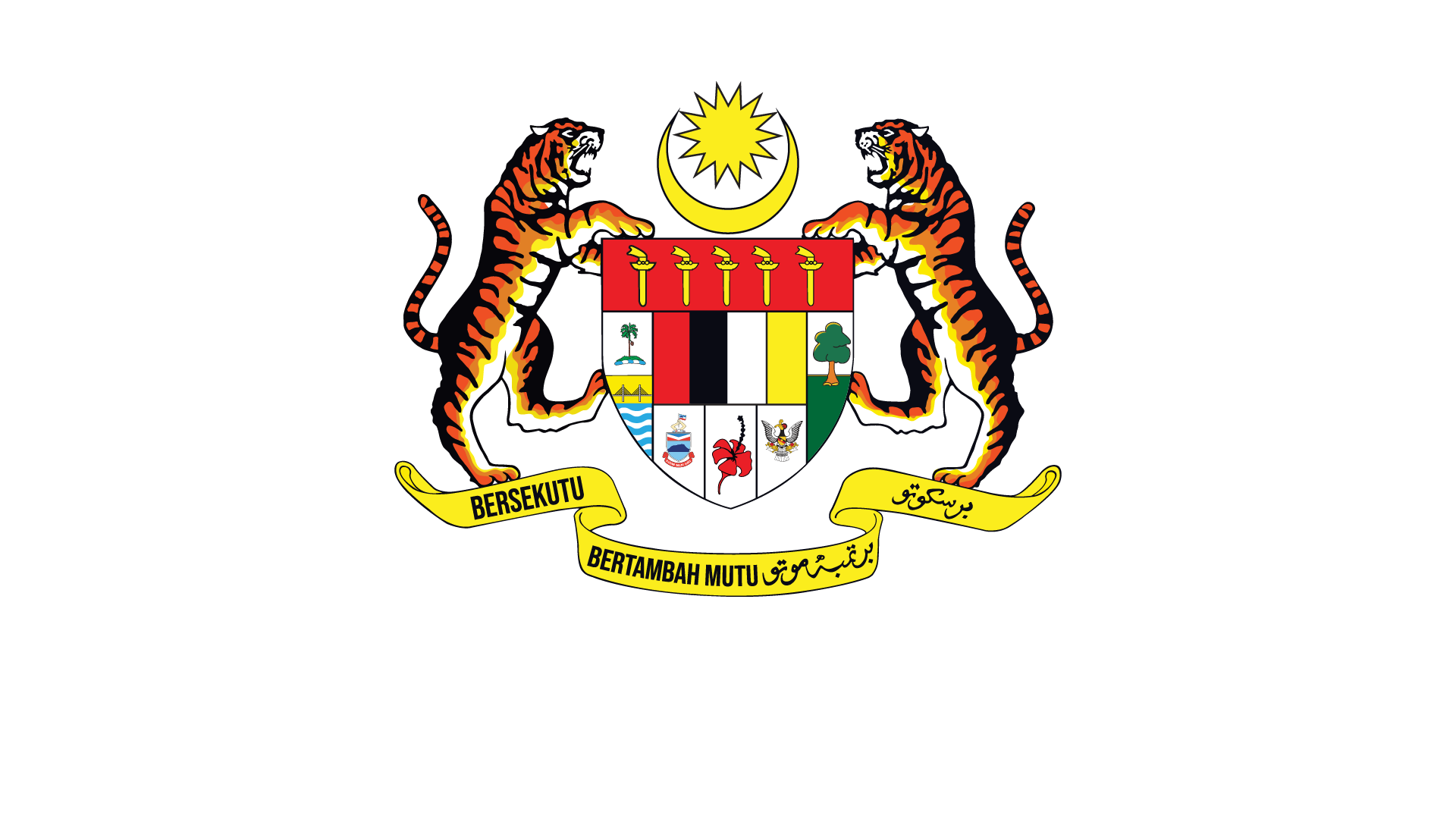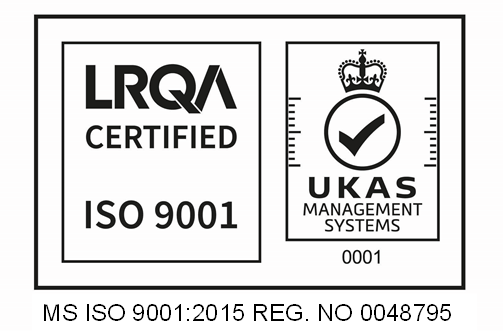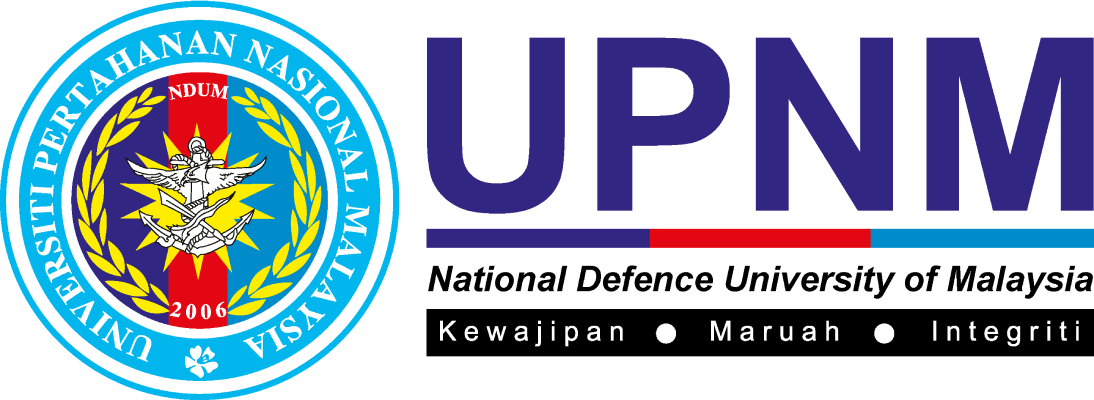AUTHORITIES spend a fortune on security and lose billions in revenue and resources while organised crime makes trillions every year.
How do we rationalise this? Maritime crimes can generally be categorised into smuggling, trafficking, fishery crimes and piracy, armed robbery and kidnap for ransom.
These crimes have no boundary between land and sea, and operate throughout society.
This ability allows organised crime to thrive across borders.
A Single Point Of Contact (SPOC) will help Malaysia to respond to these threats in cooperation with partners in Southeast Asia and beyond.
Malaysia was the first Asean member to establish the Maritime Enforcement Coordinating Centre in 1982, which was later replaced with a fully fledged coast guard.
However, since organised crime surpasses the land-sea nexus, the coast guard cannot address the problem by itself and requires another set-up to piece together the information jigsaw.
In 2017, a proposal to establish a Malaysia Maritime Sovereignty and Security Operating Centre was made.
In 2018, the first national workshop on SPOC was held, and in 2020, there were further discussions in Penang.
This was headed by the National Security Council.
Eighteen other agencies were involved and it was agreed that working with other agencies could develop an environment promoting the sharing of knowledge, expertise and intelligence.
It is, therefore, imperative that Malaysia establish a National Maritime Single Point of Contact (NMSPOC).
Most Asean members have launched efforts to address these issues. Thailand's Maritime Enforcement Command Centre was established in 1988 and upgraded to a national maritime security authority in 2019.
In Indonesia, the Indonesia Maritime Security Agency is mandated to coordinate law enforcement agencies at sea.
In the Philippines, the National Coast Watch Centre was inaugurated in 2015 with the support of Australia and the United States.
In Brunei the National Maritime Coordination Centre was formed in 2010, and Singapore unveiled the National Maritime Security System.
Cambodia created the National Committee on Maritime Security in 2009 and Vietnam has the Maritime Security Information Centre.
The vast maritime realm is a boon and a bane for Southeast Asia.
The connecting seas have been the catalyst for opportunities in trade and culture. This has allowed exploitation by organised crime syndicates.
Asean members are aware that no single agency can address organised crime. It has to be addressed collectively.
The association recognises the importance of interagency cooperation.
At the 22nd Asean Regional Forum Ministerial Meeting in 2015, a consensus was reached to conduct a workshop on NMSPOC, which was seen as critical in building regional capabilities and capacity, strengthening maritime law enforcement and improving maritime domain awareness.
Two workshops have been held, bringing in not only Asean nations but also Australia and the US. This recognition creates the appetite for an NMSPOC in Malaysia.
Malaysia's NMSPOC will have many positive outcomes for the region: strong interagency cooperation can curb illegal activities, such as seaborne immigration, and smuggling and trafficking via the Andaman Sea.
Kidnapping for ransom by separatist and terrorist groups, smuggling, human trafficking and piracy in the Sulu Sea are also increasing.
In the South China Sea, illegal, unreported and unregulated fishing is carried out.
Due to unclear maritime boundaries, law enforcement becomes difficult in this area.
NMSPOC can also be a watchdog for global maritime trade and connectivity in the Straits of Malacca.
NMSPOC can make Malaysia a one-stop centre with information for interagency operations, and provide a better approach to enable detection, disruption and deterrence regionally and beyond.
It will also focus on information-led operations. To this end, there is a need for policymakers to implement an NMSPOC.
The writer is the head of Department of Strategic and Defence Studies, Universiti Pertahanan Nasional Malaysia. This write up is supported by the Australia-Malaysia Maritime Exchange Virtual Fellowship



